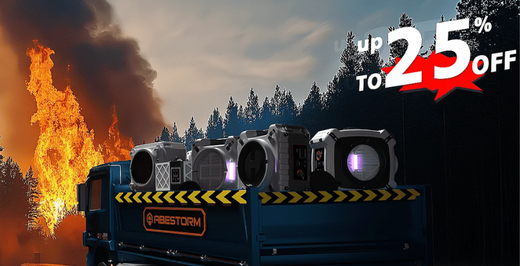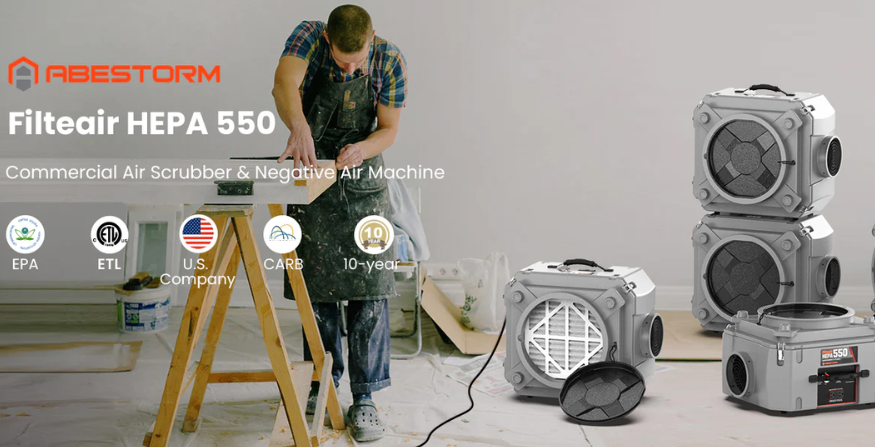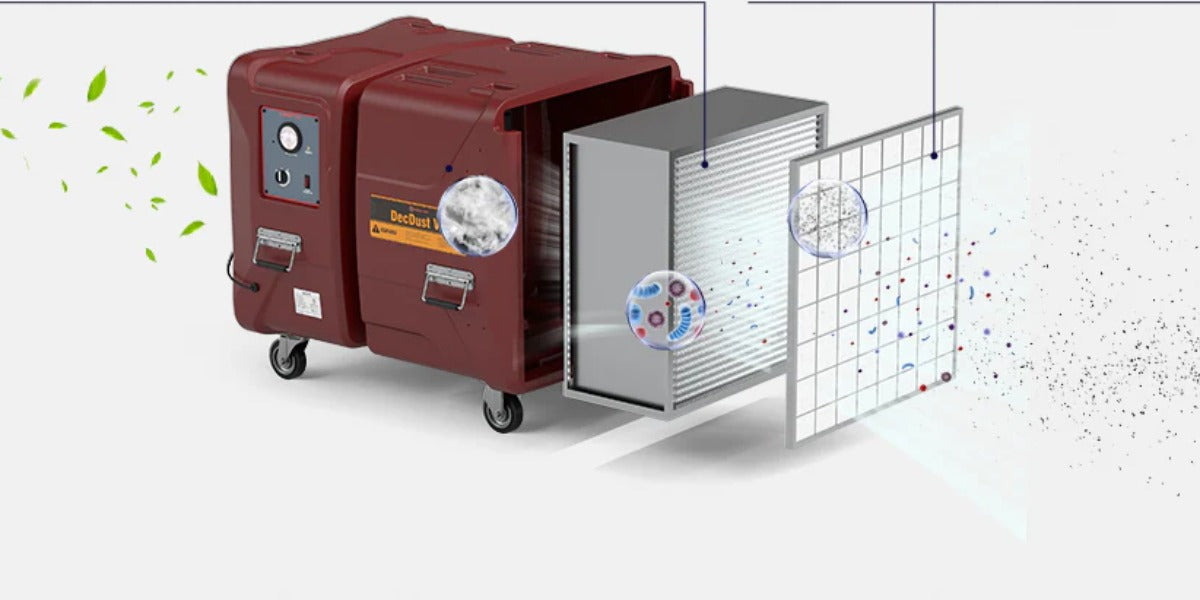In the quest for eco-friendly living, incorporating sustainable indoor air solutions such as dehumidifiers and filtration systems plays a vital role. Dehumidifiers help maintain optimal humidity levels, preventing mold growth and mildew while also reducing energy consumption by improving the efficiency of air conditioning systems. Pairing this with a high-efficiency filtration system further enhances indoor air quality by capturing allergens, dust particles, and other pollutants, thereby promoting a healthier living environment. By investing in these technologies, we not only prioritize our well-being but also minimize our ecological footprint, as they help conserve energy and reduce the need for harmful chemical treatments often used to combat indoor air issues. Embracing these sustainable practices contributes to a more eco-conscious lifestyle while fostering a cleaner and healthier indoor atmosphere for all.
How else can indoor air pollution be reduced?
Reducing indoor air pollution involves a combination of lifestyle changes, technological advancements, and mindful consumption choices. Here are some additional strategies:
Natural Ventilation: Utilize natural ventilation by opening windows and doors strategically to allow fresh air to circulate through your home. This reduces the need for mechanical ventilation systems and saves energy.
Indoor Plants: Incorporate indoor plants into your living space. They act as natural air purifiers by absorbing carbon dioxide and releasing oxygen, as well as filtering out pollutants such as formaldehyde and benzene. Choose low-maintenance plants like spider plants, peace lilies, or snake plants.
Air Purifiers: Invest in energy-efficient air scrubbers with HEPA filters. These filters capture airborne particles such as dust, pollen, and pet dander, improving indoor air quality without producing harmful by-products.
Chemical-Free Cleaning: Use eco-friendly cleaning products or make your own using natural ingredients like vinegar, baking soda, and essential oils. This reduces exposure to toxic chemicals and minimizes indoor air pollution.
Low-VOC Materials: Choose building materials, furniture, and home decor with low or no volatile organic compound (VOC) emissions. Look for products certified by third-party organizations like GREENGUARD or Cradle to Cradle.
Proper Ventilation Systems: Install energy-efficient ventilation systems in kitchens and bathrooms to remove excess moisture and pollutants. Consider heat recovery ventilators (HRVs) or energy recovery ventilators (ERVs) to minimize energy loss while ventilating your home.
Reduce Synthetic Fragrances: Avoid using air fresheners, scented candles, and other products containing synthetic fragrances. These can release volatile organic compounds (VOCs) and other harmful chemicals into the air. Opt for natural alternatives like essential oils or simply open windows to let in the fresh air.
Regular Maintenance: Keep HVAC systems, air filters, and ventilation systems clean and well-maintained to ensure optimal performance. Replace air filters regularly according to manufacturer recommendations and schedule professional inspections as needed.
Humidity Control: Maintain indoor humidity levels between 30% and 50% to prevent mold growth and minimize allergens. Use dehumidifiers in damp areas and humidifiers in dry climates as needed.
Monitor Indoor Air Quality: Consider installing indoor air quality monitors to track pollutant levels and ensure that your efforts to improve indoor air quality are effective. These monitors can provide real-time data and alerts, allowing you to take action when necessary.
Avoiding Smoking Indoors: Smoking indoors releases a myriad of harmful chemicals into the air, including carcinogens like formaldehyde and benzene. Creating a smoke-free environment significantly improves indoor air quality.
Implementing these sustainable indoor air solutions can help create a healthier and more environmentally friendly indoor environment for you and your family.
Impact Of Filtration Systems In IAQ:
Filtration systems are essential components of sustainable indoor air quality management. High-efficiency particulate air (HEPA) filters, for example, are designed to capture tiny airborne particles such as dust, pollen, pet dander, and mold spores. By effectively removing these pollutants from the air, filtration systems help create a healthier indoor environment for occupants.
When choosing filtration systems, opt for models that are energy-efficient and have replaceable or washable filters to reduce waste. Look for certifications such as ENERGY STAR to ensure that the system meets strict energy efficiency guidelines.
Role Of Dehumidifiers:
Excess humidity in indoor spaces can lead to mold growth, musty odors, and respiratory issues. Dehumidifiers help maintain optimal humidity levels by removing excess moisture from the air. By controlling humidity, dehumidifiers not only improve indoor air quality but also help prevent structural damage to buildings and furnishings.
When selecting a dehumidifier, choose an ENERGY STAR-certified model that is appropriately dehumidifier size for the space you intend to use it in. Additionally, consider features such as programmable settings and automatic shutoff to maximize energy efficiency.
Role of Air Scrubbers in indoor air quality
Air scrubbers play a crucial role in improving indoor air quality by effectively removing a wide range of pollutants and contaminants from the air. These devices utilize advanced filtration and purification technologies to capture and neutralize harmful particles, gases, and odors, thereby creating a cleaner and healthier indoor environment.
One of the key components of air scrubbers is their filtration system, which typically includes HEPA (High-Efficiency Particulate Air) filters or activated carbon filters. HEPA filters are highly effective at trapping microscopic particles such as dust, pollen, pet dander, mold spores, and other allergens, preventing them from circulating in the air and causing respiratory issues or allergies.
Activated carbon filters, on the other hand, are designed to adsorb and neutralize gases, volatile organic compounds (VOCs), and unpleasant odors. This is particularly beneficial in environments where there are sources of indoor air pollution such as cooking fumes, tobacco smoke, or off-gassing from furniture and building materials.
In addition to filtration, some air scrubbers utilize UV-C (ultraviolet-C) light technology to sterilize and disinfect the air by destroying bacteria, viruses, and other pathogens. This helps prevent the spread of airborne illnesses and contributes to a safer and more hygienic indoor environment.
Overall, air scrubbers are valuable tools for maintaining high indoor air quality, especially in spaces where ventilation may be limited or where there are specific sources of indoor air pollution. By removing contaminants from the air, air scrubbers help reduce the risk of respiratory problems, allergies, and other health issues associated with poor indoor air quality, promoting a healthier and more comfortable living or working environment.
HVAC Systems:
Heating, ventilation, and air conditioning (HVAC) systems are central to sustainable indoor air quality management. These systems regulate temperature, humidity, and air circulation to create a comfortable and healthy indoor environment.
To maximize the sustainability of HVAC systems, invest in energy-efficient models with programmable thermostats and zoning capabilities. Regular maintenance, including cleaning ducts and replacing filters, is essential for maintaining efficiency and indoor air quality.
Conclusion
In conclusion, prioritizing sustainable indoor air quality is essential for creating healthier living environments and reducing our ecological footprint. By embracing eco-friendly practices such as proper ventilation, utilizing air purifiers with HEPA filters, and minimizing the use of synthetic chemicals and pollutants, we can significantly improve the quality of the air we breathe indoors. Additionally, integrating technologies like dehumidifiers and air scrubbers further enhances our ability to combat indoor air pollution and promote a cleaner, safer, and more sustainable indoor environment. As we continue to strive for sustainability in all aspects of our lives, including indoor air quality, we not only safeguard our health and well-being but also contribute to the preservation of our planet for future generations.









Shop For Dehumidifier